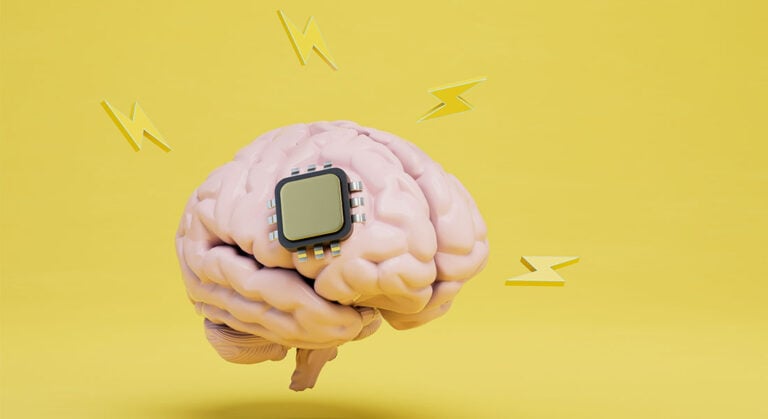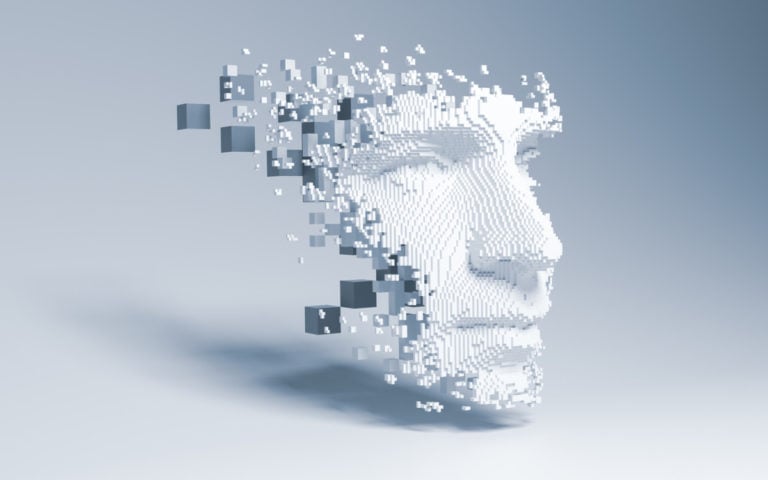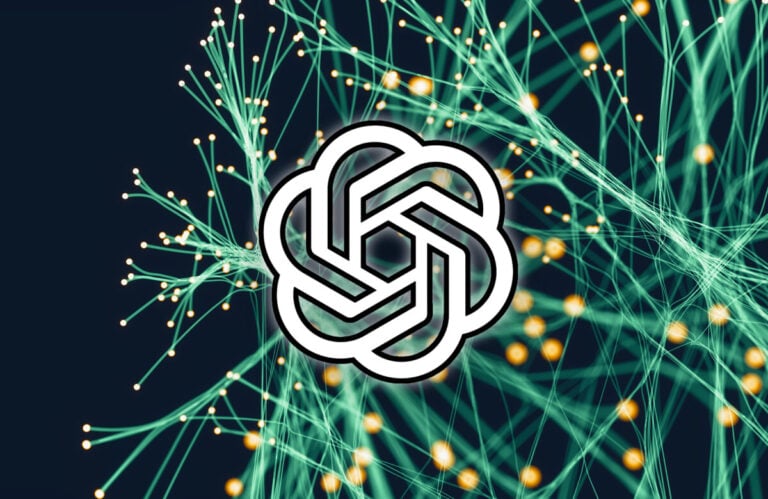Banks play an important role in the development of the financial life of modern society and the world economy; they carry out transactions with cash, loans, and deposits. It is to optimize these processes that artificial intelligence is being actively introduced into the banking sector. I will tell you exactly how banking structures use neural networks, and most importantly, are there any risks for us?
Historically, the banking industry has always been one of the first to introduce innovations. Already in the 50s of the twentieth century, mathematical models were used to assess the future lender; in the 80s, the active introduction of computers into the financial segment began.
The machines could calculate the dynamics of indices and determine the investment strategy. In the 21st century, the banking segment fully adopted artificial intelligence technologies, which began to be actively used in banks for risk analysis. It all started with solving the problem of credit scoring, and gradually moved to other banking products.
With the development of LLM technologies, artificial intelligence began to be used for voice assistants in mobile applications, on the first line of telephone operators and in tasks of automatically writing document texts, including those of a legal nature. Computer vision methods are used to recognize documents for the purpose of electronic document management, speeding up the filling of client data based on the results of scanning a passport and other documents. Artificial intelligence methods are also used for marketing purposes: to segment customers and develop personal offers.
Recently, experts from the UK published a large-scale research on the role of artificial intelligence in the banking industry. According to their calculations, the costs of banking structures for the development and implementation of these technologies will reach $300 billion by 2030.
If we compare the introduction of artificial intelligence technologies in the financial sector with other areas, then in general we can talk about the piloting and testing stage.
Using the example of Russian banks, we see that in some areas neural networks work quite effectively, but in others there are obvious problems. But something else is indicative – almost all large banks have created separate departments in their structure responsible for the development and implementation of AI technologies.
Communications with clients

The neural network, based on specified algorithms, decides what exactly to answer you and how to build a dialogue. One of the most interesting cases is a voice assistant from Tinkoff Bank, whose name is the same as the founder of the brand – Oleg. Thanks to the use of Oleg, the bank saves about 360 million rubles annually, and the chat bot processes about half of all incoming requests. In addition to direct communication, the neural network will calculate and decide which banking product will be most attractive for you now – a deposit, a loan or a card with special conditions.
Lending
On the one hand, a large number of employees have always worked in this direction, reviewing applications manually. And here two points are important – the increasing costs of the bank associated with the wage fund of these employees. The second is the likelihood of an error occurring due to the human factor.
On the other hand, the client always suffered, since manual review delayed the decision on the possibility of lending. By introducing artificial intelligence technology, banks were able to solve almost all problems. Applications are processed very quickly, artificial intelligence always makes the right decision. Russian banks themselves admit this, noting that there is now a decrease in the percentage of non-repaid loans.
Security
According to estimate the Bank of Russia set a record for theft of funds from clients in the first quarter of 2023. Fraudsters were able to steal more than 4.5 billion rubles from the accounts of Russians.
Therefore, identifying fraudulent actions is one of the promising tasks for neural networks in the context of this industry. Already today, artificial intelligence carries out financial monitoring, scans a huge amount of data non-stop, identifying uncharacteristic behavior of individuals and legal entities. In addition, neural networks identify facts of cyber attacks.
Working with debtors
The practice of using artificial intelligence in working with debtors began in Russia quite a long time ago. Sberbank announced the first cases in 2017; in 2018, another major market player, VTB Bank, announced the introduction of this technology. Nowadays, approximately half of all communications with debtors are carried out by a neural network. However, it is in this direction that there are some problems associated with current Russian legislation. The use of robotic collectors falls into the so-called gray area. They are not officially permitted, but they are not prohibited either. Of course, this causes a negative public reaction.

In addition, last year there were several major lawsuits related to the legality of using robot collectors when communicating with debtors. Practice shows that legal action is initiated when this technology is used too aggressively. For example, a robot calls the debtor every hour. And some banks calmly use it, without fear of consequences. Others fear the reputational risks associated with customer loyalty.
The use of artificial intelligence in the banking segment is not limited to the listed areas. A huge amount of work is now performed by neural networks: document recognition, building optimal routes for collection, developing office work schedules taking into account the influx of clients, choosing successful locations for launching new offices, etc.
Risks in using neural networks in the banking industry
The neural network is designed in such a way that in order to reduce the error, it must have a large array of data at the initial stage and be constantly trained in the process of implementing a given algorithm. And we are talking here about the personal data of hundreds of thousands of banking clients, as well as information from legal entities containing trade secrets.
In 2023, a large-scale research was published by InfoWatch, a company specializing in on information security in the corporate sector. Experts said that in 2022, more than 667 million records with personal data were leaked in Russia. If we compare this figure with 2021, then in fact we see an increase of almost 2.5 times. A positive trend – leaks of personal data from banking structures are becoming less common. Therefore, we can talk about the positive impact of the development of artificial intelligence on reducing the leakage of personal data.
The algorithm for a neural network is always set by a person, but the question that arises is how deeply, from an ethical point of view, the aspect of gender, nationality or religious affiliation has been worked out. For example, when deciding to issue a loan, men can get advantages, since statistically they earn more than the fair half of humanity, even with other things being equal. Each bank in Russia works independently to solve ethical problems. For example, Sberbank has developed its own code of ethics, and VTB has developed models that evaluate neural network decisions from an ethical point of view.
Reduction of call center employees, almost complete elimination of experts making lending decisions, robot collectors – and this is not a complete list of those who are being replaced today neural network. And employee reduction is an objective process.
The Central Bank of the Russian Federation began this process in 2015, cutting 30% of line employees. In 2023, information was announced about two waves of reduction. In the spring, about 1,000 employees were laid off. The autumn wave awaits us a little later. In 2018, Sberbank announced plans to cut 70% of middle managers. However, the real situation at the end of 2018 turned out to be completely different – according to official statistics, only 5% of employees were laid off. By 2025, the bank plans to eliminate the services of half of its employees.









